I just experienced Netflix’s password-sharing crackdown — here’s what happened
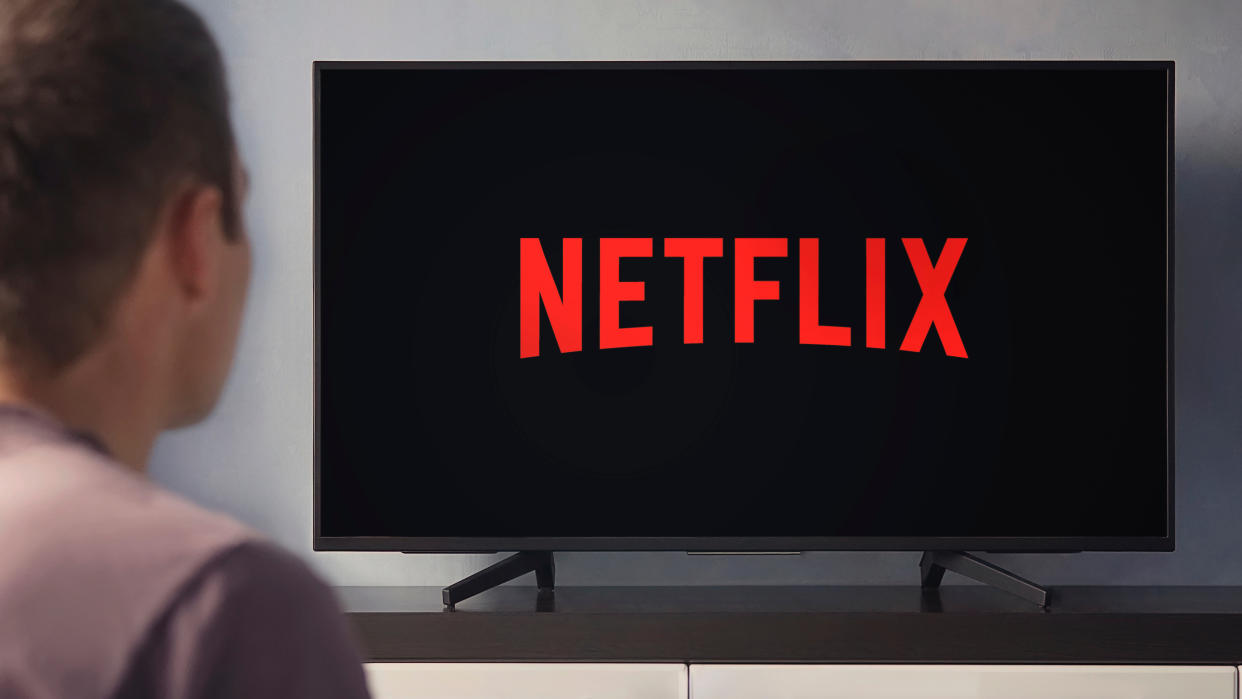
I knew the Netflix password-sharing crackdown was coming, but I didn't expect to engage with it at my own home. If you haven't heard, Netflix threw out its "love is sharing a password" sentiment, in exchange for asking for $8 / £4.99 / AU$7.99 to add an additional 'household.'
You see, Netflix is enforcing its rules that an account is only to be used inside of specific household, on a single internet connection. There are, of course, some caveats I'll get to below.
But then, yesterday morning, when I went to watch I Think You Should Leave season 3, I was surprised to see a message that I needed to confirm that I was trying to stream from my "Netflix household." Hadn't I already proven this? I was still in my apartment where I'd started the movie Piercing on Netflix two nights prior.
Netflix's password-sharing crackdown begins with defining your location
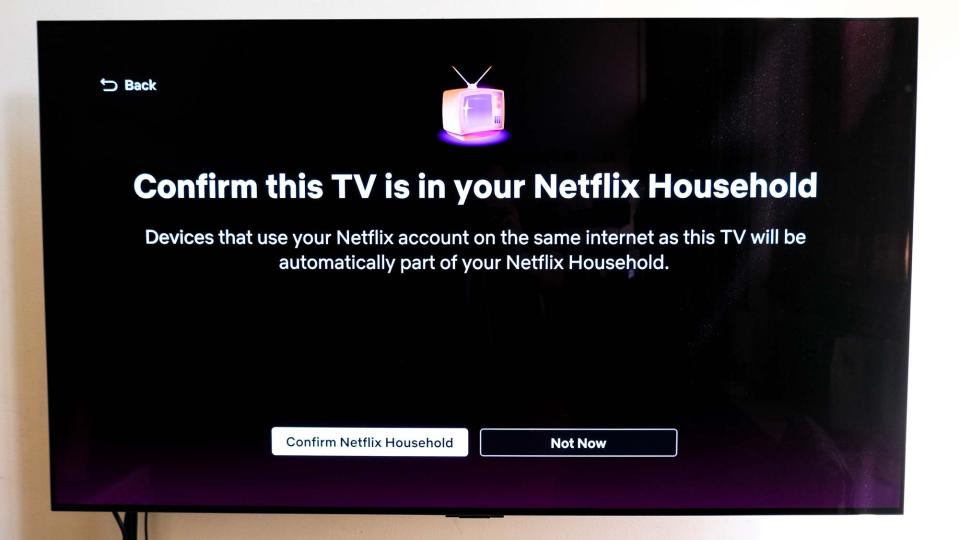
I got the above message — asking me to confirm that my TV is in my Netflix Household — while using Netflix on the Onn Google TV 4K Streaming Box, which I've just recently acquired for testing. I was also connected to the same Wi-Fi network I use for testing some of the other best streaming devices, which were still logged into Netflix.
For example, while I was waiting for help to verify my device being in my "household" I opened Netflix on my Apple TV 4K. And it was still signed in.
I was merely engaging with what I'll call the first half of Netflix's password-sharing crackdown
And so I started to wonder what's up. When Netflix announced it was bringing the password-sharing crackdown to the US, UK and Australia, it noted that you'll be able to "watch Netflix on the go and when you travel — either on your personal devices or a TV at a hotel or vacation home." My parents are on the go right now, and could have contributed to the latter, but they confirmed they weren't watching Netflix this weekend.
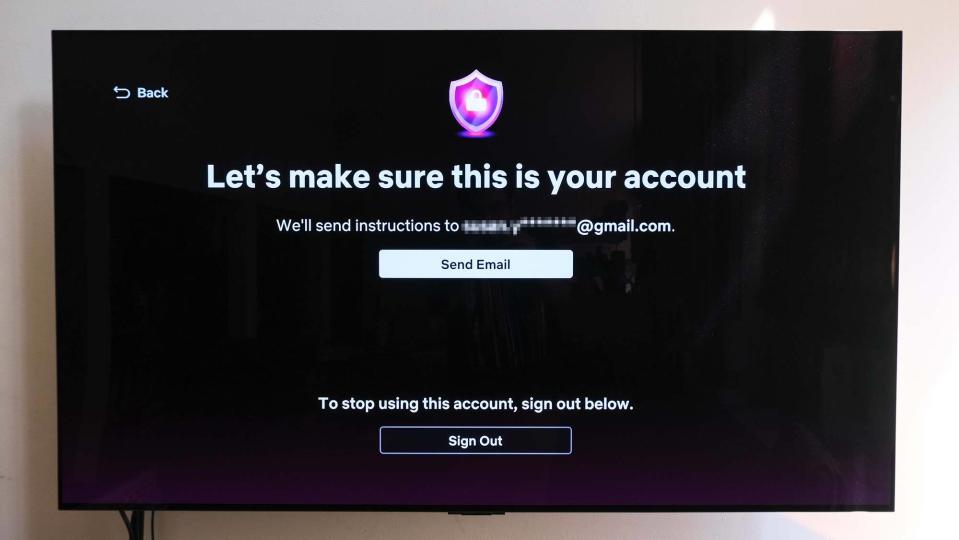
But since I was able to log in, I think I figured out what happened. I was merely engaging with what I'll call the first half of Netflix's password-sharing crackdown.
What triggered it? I have no clue. Was it slightly annoying to fix? Yeah — and I think this is the kind of thing that will earn Netflix negative points with some folks — but it works now.
Today, by signing in, I defined our 'household' for Netflix, so it can later use this to later to determine that other devices are outside of my 'household.'
Outlook: This is all about headaches
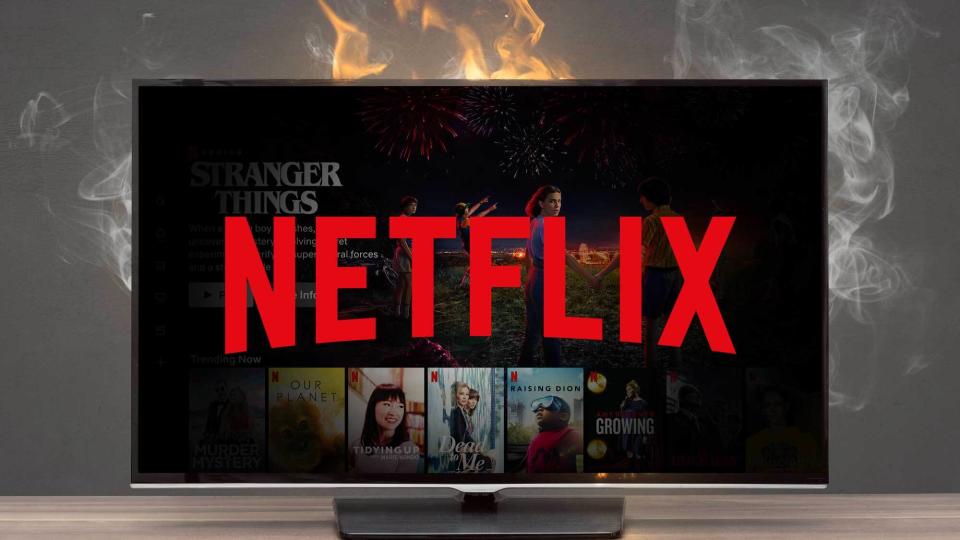
If your attempts to sign into Netflix go like mine did, I have one big piece of advice: pay attention while clicking through the email that Netflix sends. I thought a mere tap would be enough, but you actually have to log in.
Make sure you follow every step on your phone, or else you'll wind up losing time like I did (a half-hour's worth). While some may try and keep switching their household location, or threaten to cancel Netflix, know that Netflix expects a backlash. And it also expects profits to rise afterwards.
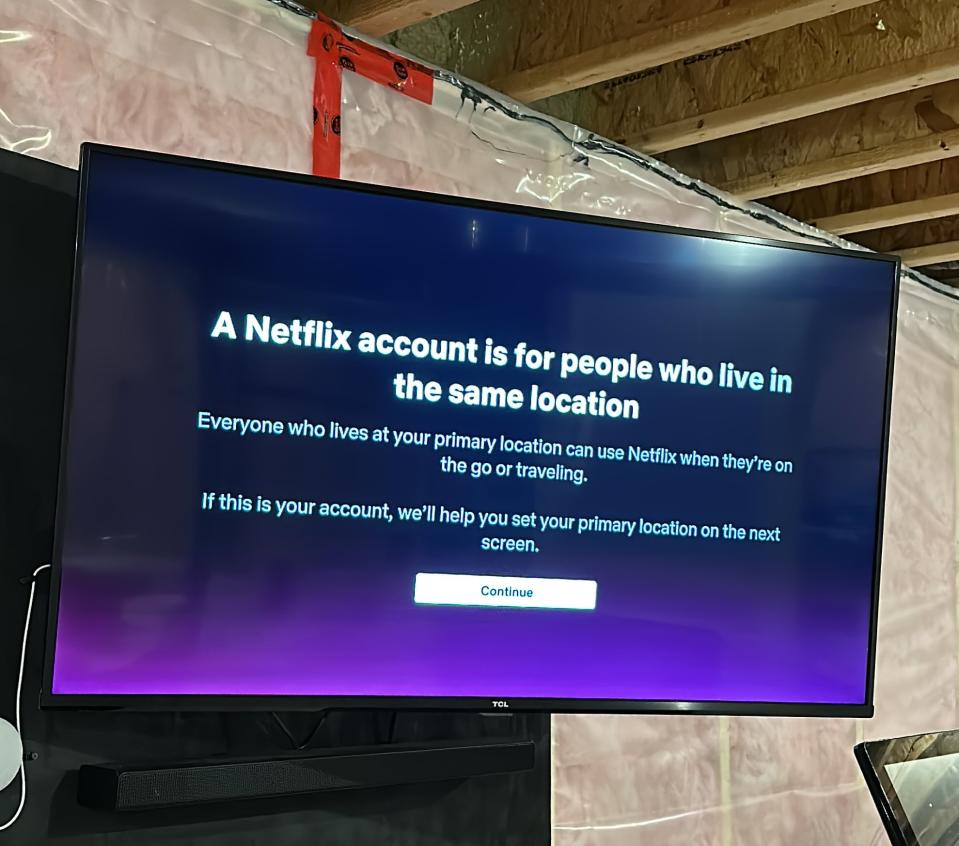
Netflix will likely show different messages to those it believes are breaking the rules. Canada-based Twitter user @TheCatzilla shared the above image of a Netflix account warning, with the caption "So it begins."
My expectation? Netflix might let you change the location of your household, but they know that the more frustrating and annoying it all is, the more likely people will either pay to add a household — or cancel Netflix.
I'm curious how Netflix's messaging will look for those on the go, at the aforementioned hotel or vacation home, for those users it's already said will be OK to stream. The messaging will need to be clean and easy to understand, as Netflix wants to avoid alienating customers and keep its reputation as one of the best streaming services.

